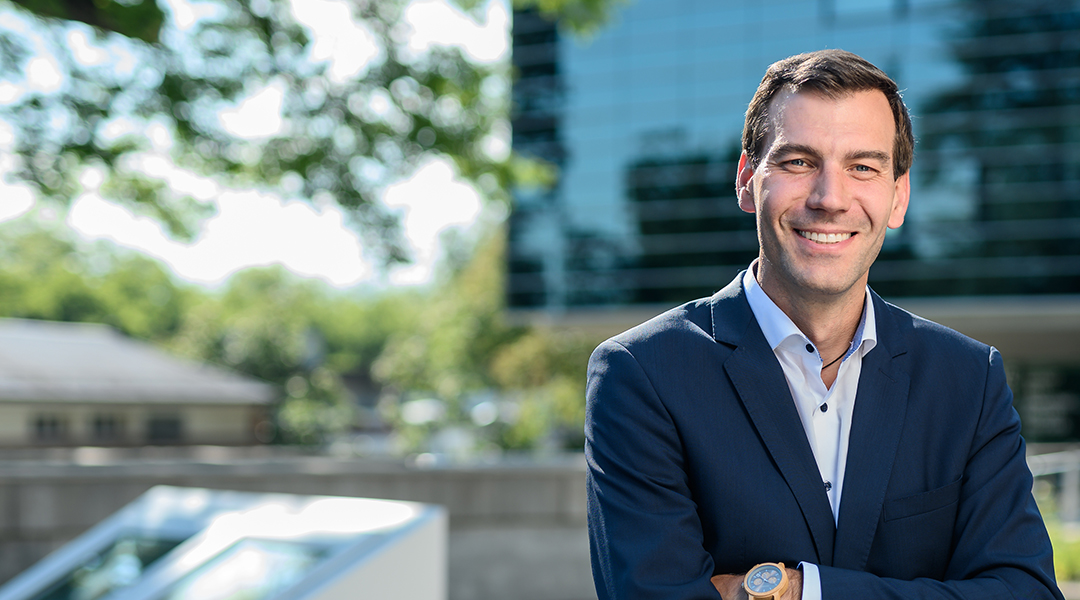Thermax: Four paths to succession in a family business
From its origins as a manufacturer of hospital equipment for the Indian market, Thermax has grown into a multinational corporation operating in 90 countries, offering integrated solutions in heating, cooling, power generation, water treatment and recycling, air pollution control, and chemicals with a focus on ensuring clean air, clean energy and clean water. The founding family, which owns a 61% stake in the firm (the rest being publicly held), has steered the company toward helping speed the transition to renewable energies via the development of greener technologies. In addition, the family has shown unwavering commitment to social responsibility and philanthropic endeavors. The case features a detailed history of Thermax’s evolution as a family business, with a particular focus on how the family has navigated the challenges of intra-family succession. The dilemmas faced by owner-managers as they hand over the reins of the family business, combined with the outsize impact of succession on the future performance of a business, have contributed to making succession the single most studied topic in family business research. The Thermax case study illustrates the varied forms succession can take over the course of four generations. It also explores the different ways family members can contribute to the family enterprise system via operational roles in the company as well as involvement in board governance, ownership governance and philanthropic work. The case is based on interviews with five members of the founding family, all of whom hold (or have held) executive and/or operational roles in the company. The dynamics of intra-family succession form the crux of the case. Since the company was created in 1966, each generation has brought different leadership qualities and competencies to their respective roles and has contributed to making Thermax a leading conglomerate in the energy and environment space.
- To analyze the dynamics of succession within a family business and the strengths and weaknesses of different succession models.
- To identify governance mechanisms that foster resilience and sustainable growth in a family business.
- To outline the different ways in which the next generations can contribute to strengthening and perpetuating the family enterprise system.
- To distinguish the leadership qualities that enable the founder and successors of a family business to have a positive impact.
Thermax, Construction and Engineering, Industrial Engineering
1966-2024
Cranfield University
Wharley End Beds MK43 0JR, UK
Tel +44 (0)1234 750903
Email [email protected]
Harvard Business School Publishing
60 Harvard Way, Boston MA 02163, USA
Tel (800) 545-7685 Tel (617)-783-7600
Fax (617) 783-7666
Email [email protected]
NUCB Business School
1-3-1 Nishiki Naka
Nagoya Aichi, Japan 460-0003
Tel +81 52 20 38 111
Email [email protected]
IMD retains all proprietary interests in its case studies and notes. Without prior written permission, IMD cases and notes may not be reproduced, used, translated, included in books or other publications, distributed in any form or by any means, stored in a database or in other retrieval systems. For additional copyright information related to case studies, please contact Case Services.
Research Information & Knowledge Hub for additional information on IMD publications
This article examines the role of businesses and managers in driving sustainable development, with a focus on family firms. Drawing on the mixed gamble perspective, we compare the progress of family and non-family firms toward achieving SDG 7 (aff...
Maurizio Sella, historic president of Banca Sella Holding, Cavaliere del Lavoro and Cavaliere di Gran Croce, has passed away at the age of 83. For almost sixty years, he worked in the company founded by his ancestors in 1886, helping to transform ...
In family businesses, philanthropy is no longer an occasional gesture ‘from the heart’ left to the initiative of a few, but a deliberate and shared choice that strengthens cohesion, identity and the ability to generate impact. In other words, the ...
Family businesses are the backbone of the Italian economy, accounting for around 85% of all companies. Despite their importance, they face a challenge in generational transition that is so critical that it has given rise to common beliefs that hav...
The first quarter of the 21st century has seen significant advancements in family business scholarship. While many scholars have sought to develop a singular “theory of the family firm,” most research has instead focused on understanding how salie...

Family-run companies have unique challenges—balancing family interests with the goals of investors and the company itself. Yet there is not enough clarity on how this affects performance in different countries. We wanted to fill that gap. Our work...
in Review of Managerial Science 25 November 2025, ePub before print, https://doi.org/10.1007/s11846-025-00960-4
Research Information & Knowledge Hub for additional information on IMD publications
Research Information & Knowledge Hub for additional information on IMD publications
in We Wealth November 2025, issue 84
Research Information & Knowledge Hub for additional information on IMD publications
Research Information & Knowledge Hub for additional information on IMD publications
Research Information & Knowledge Hub for additional information on IMD publications
Research Information & Knowledge Hub for additional information on IMD publications
Research Information & Knowledge Hub for additional information on IMD publications
in Journal of Small Business Management 9 October 2025, ePub before print, https://doi.org/10.1080/00472778.2025.2553556
Research Information & Knowledge Hub for additional information on IMD publications
Research Information & Knowledge Hub for additional information on IMD publications
in FamilyBusiness.org 6 October 2025
Research Information & Knowledge Hub for additional information on IMD publications




